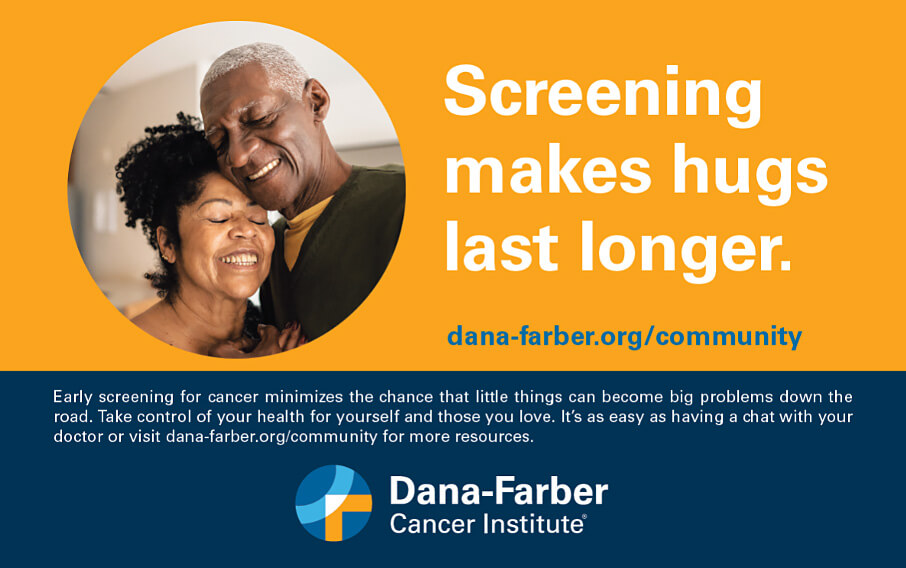As published in SHSMD Spectrum
Healthcare marketers are finding new ways to overcome bias in communications by using the principles of neuropsychology. Understanding that how they communicate matters, smart marketers are using these principles to unlock the once-closed minds within their own organizations and in communities of color as well as in traditionally underserved patient populations affected by negative historical biases toward (and within) the healthcare industry.
This featured discussion, “Overcoming Bias: How to Unlock a Closed Mind,” was presented at the SHSMD23 Connections annual conference by Donna Walthall, the senior director of marketing at the Dana-Farber Cancer Institute; Sarah Bridges, PhD, the CEO and founder of Bridges Consulting and an industry expert in neuropsychology; and Andy Semons, a founder and strategic planning partner at IPNY. The speakers discussed overcoming biases and developing effective communications that resonate with audiences despite preconceived opinions.
Applying Neuropsychology in Marketing
Dr. Bridges outlined the importance of recognizing biases and how they relate to perceptions. She also described the different types of cognitive biases, including:
- Availability heuristic: When something comes to mind quickly or is more sensational, people tend to think it is accurate.
- Choice overload and decision fatigue: If people have too many choices, they do not act.
- Cognitive dissonance, or difficulty changing one’s beliefs.
- Confirmation bias and looking for information that supports our beliefs.
- Halo effect, or how positive or negative impressions affect our opinions and beliefs.
- Negativity bias.
- Salience bias, which focuses on more prominent information or the big, breaking news.
- Status quo bias: Individuals stick with what’s familiar rather than what is riskier.
Dr. Bridges defines bias as “unconscious preference,” explaining that people make predictions based on what they know and often balk at the unfamiliar and things that don’t match their beliefs.
“We must understand the beliefs of our audiences,” she says. “We filter in information that confirms what we believe and do not see the information that doesn’t. And, with brands or with products, if there’s even one negative story that gets out among 50 good ones, people remember the negative story. Negative bias is wired into our brains.”
How the Dana-Farber Cancer Institute Overcame Bias
During her 20-year journey leading the Dana-Farber Cancer Institute’s marketing efforts, what Donna Walthall learned about overcoming bias has been eye-opening.
As a world-renowned cancer institute that strives for a balance of 50% research and 50% clinical care, research has always been a large part of Dana-Farber’s DNA. However, the local community of color held a negative perception of the Institute, leading Walthall to find out why these biases existed.
“Although we were a world-class institution with a wonderful reputation nationally and internationally, our local community wasn’t loving us, saying things like ‘People go in, but they don’t come out,’” Walthall recalls.
She found that community biases included fear and mistrust, influenced by historical events like the Tuskegee study and the public’s belief that research and, by extension, Dana-Farber were detrimental to people of color. As a result, fear was intertwined with the Dana-Farber brand.
Components of the Campaign
Overcoming the negative bias and changing the narrative was the top priority for Walthall and her team. Their initial approach was to create targeted communications that were intentional and clear in telling the Institute’s story.
This effort included:
- Ads in local media focused on the expertise in treating cancer. Messaging focused on being welcoming and accessible, using positive language such as “Cancer can be survived” and “We’re an ally in the fight against cancer.”
- Telling the stories of local community leaders and real patients that lent credibility and honesty to the Dana-Farber narrative.
- A community mammography van that prominently featured the Dana-Farber name and logo, and included images of people who lived in the community to build trust.
- Events held at the Institute that invited the community inside to experience it in a non-threatening way.
“Instead of shying away from the Dana-Farber name that had evoked such fear in the community, we put it everywhere and told our community who we were very deliberately,” Walthall explains.
Walthall also enlisted the strategic communications help of Andy Semons at IPNY for a novel approach to encouraging community-wide cancer screening, targeting patient populations stressed by the pandemic and socioeconomic disadvantages.

Putting to work the lessons learned from neuropsychology, the IPNY team knew that to change behavior, they needed to build communications that didn’t elicit a threat response from communities receiving the message.
“It’s really hard to tell somebody who mistrusts you that they should be doing something,” notes Semons, who emphasizes the importance of empathetic communication in behavior change. Instead of prescribing actions, IPNY focused on benefits like support and being in personal control of one’s health.
Dr. Bridges adds: “When we are told we can’t do something or we must do something, the instinctive reaction is to resist it.”

